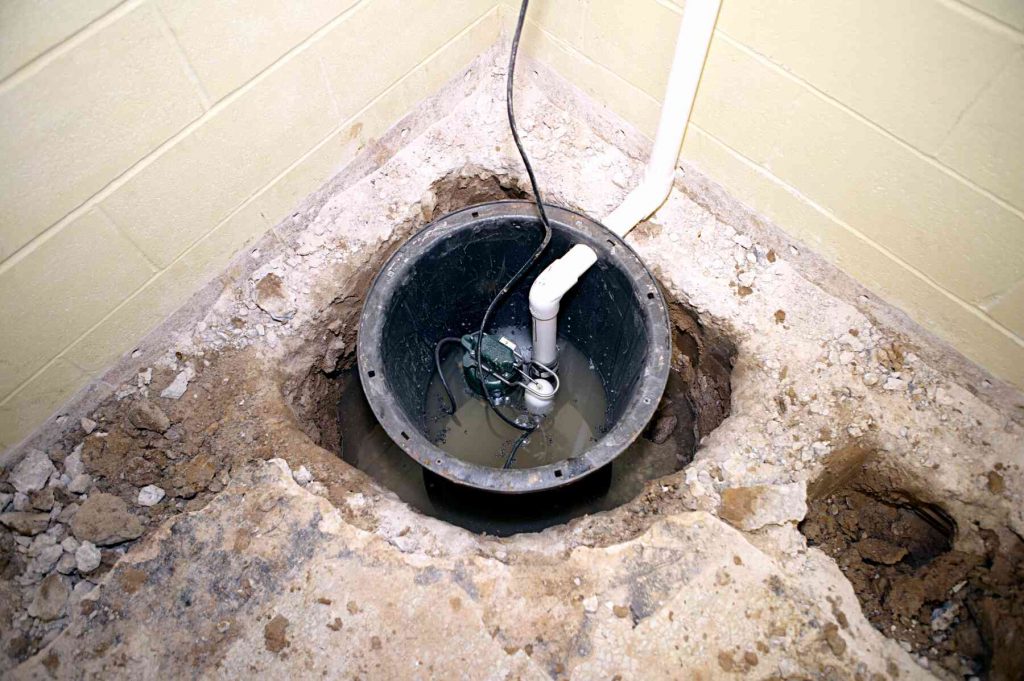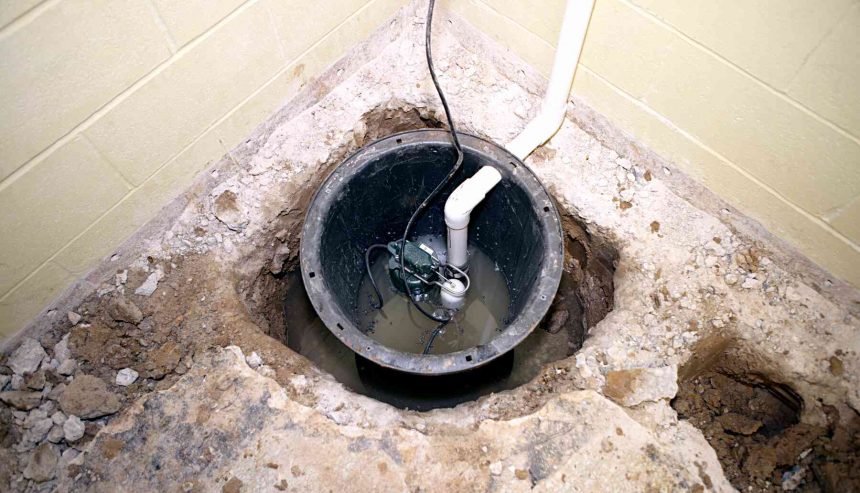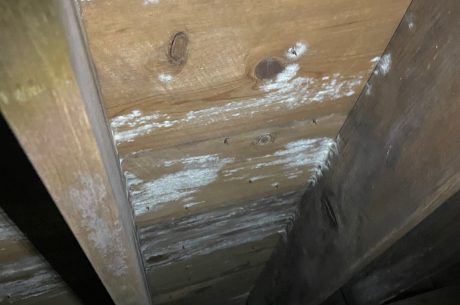
If your sump pump discharge hose freezes, it is forced to work harder, and could fail completely due to overheating. That can spell disaster for your basement the next time water accumulates in the sump basin. No one likes a flooded basement or crawlspace. Still water can smell horribly and lead to structure damage or mold. To prevent your sump pump line from freezing, follow these tips:
Table of Contents
How to Prevent Your Sump Pump from Freezing
- Ensure that the discharge line outside the home is either buried in the yard or extended out above-grade at a downward slope.
- Bury the pipe at least five inches below the frost line (the maximum depth of ground below which the soil doesn’t freeze) to protect it from freezing. The section of pipe where the pipe meets the ground at the frost line and at the end of the line where the water disperses is where the pipe generally freezes.
- If you choose an above-grade solution, extend the discharge line away from the house at a downward slope. The slope doesn’t have to be steep, but rather continuous so that the water flows. Connect a freeze-resistant hose to the end of the discharge hose. The hose should discharge water at least 20-feet away from the foundation. Use a smooth, rigid hose so that there is no place for water to collect. If the pipe is properly sloped, gravity will help keep the water flowing. Standing water in the pipe is more likely to freeze.
- Insulate the discharge line, as well as the intake section to guard against freezing. Attach a larger diameter pipe to the end of sump pump hose using wires and clamps, leaving air gap between the hose and the larger pipe. For a simpler fix, cover the outside pipe with hay (a natural insulator) and a tarp. Don’t pour automotive anti-freeze in the sump pump.
- Periodically check your sump basin and test the sump pump to ensure it’s working properly. If you have a flex discharge line, make sure it’s clear of debris, snow, and ice. Also ensure that your sump pump doesn’t discharge water onto your sidewalk and driveway to prevent dangerous ice. It’s important to inspect the power source and backup battery of your sump pump regularly. This will help guarantee that it functions during power outages or severe weather conditions.
- If your sump pump pipe is frozen, use portable heaters to thaw it. Don’t use a blow torch to thaw the line as you could hurt yourself or damage the house. If you can’t thaw the hose yourself, turn off the sump pump and call a professional contractor to thaw out the line.
A sump pump serves as a crucial defense mechanism in your home to prevent flooding. Typically located in basements, these devices remove water from the sump basin, thus preventing costly flood damage and saving you thousands of dollars.
When your sump pump malfunctions, it’s time to take action. An idle pump will lead to water seeping into your basement. If the water amount is controllable, mop it up, collect it in a bucket, and move it at least 20 feet away from your house. The sooner you remove the water from your basement, the more beneficial it will be. To learn more about how they work, check out how to choose a sump pump that lasts. For professional water damage restoration or mold remediation, contact your local PuroClean office or call 800-775-7876.




 PuroClean Home Emergency Services
PuroClean Home Emergency Services